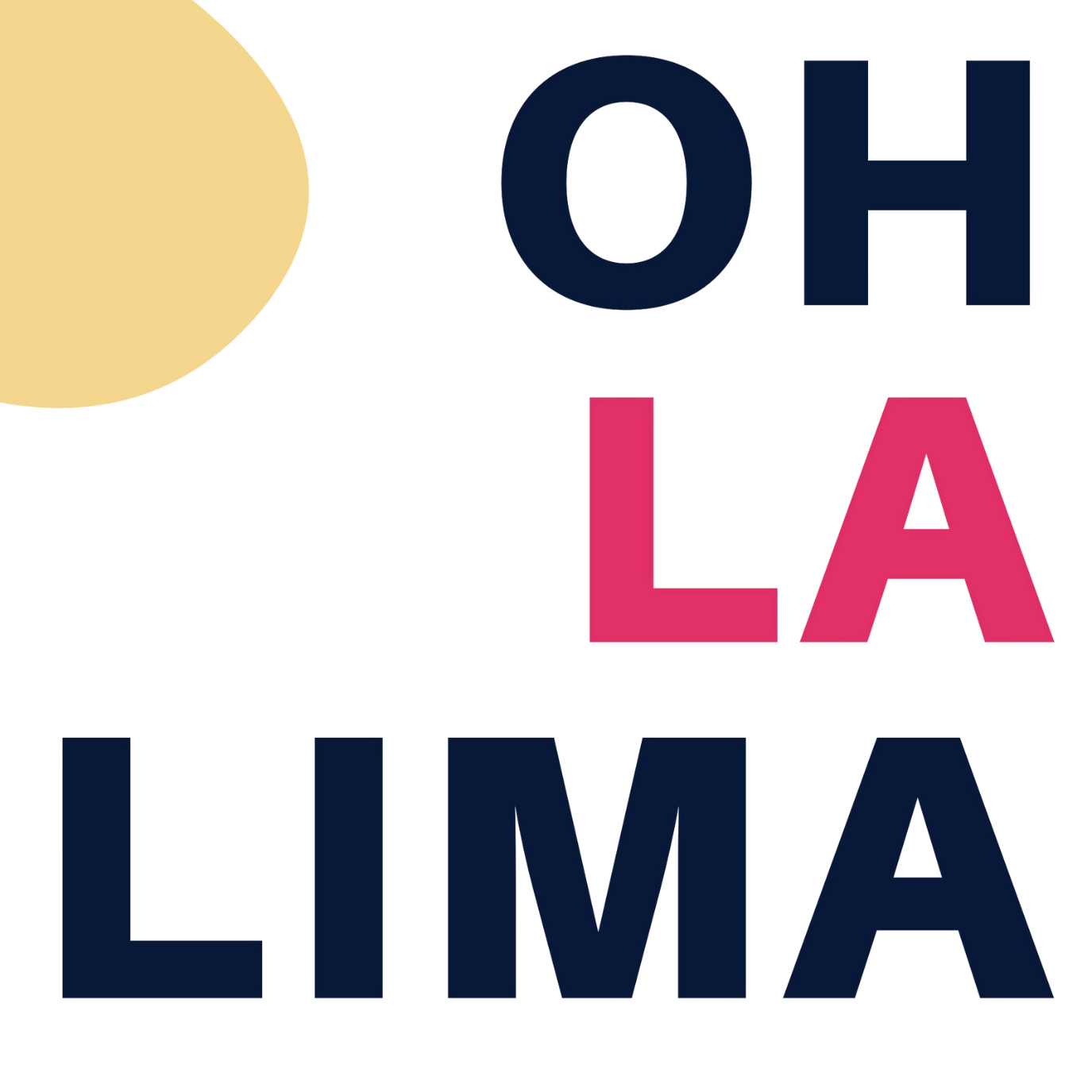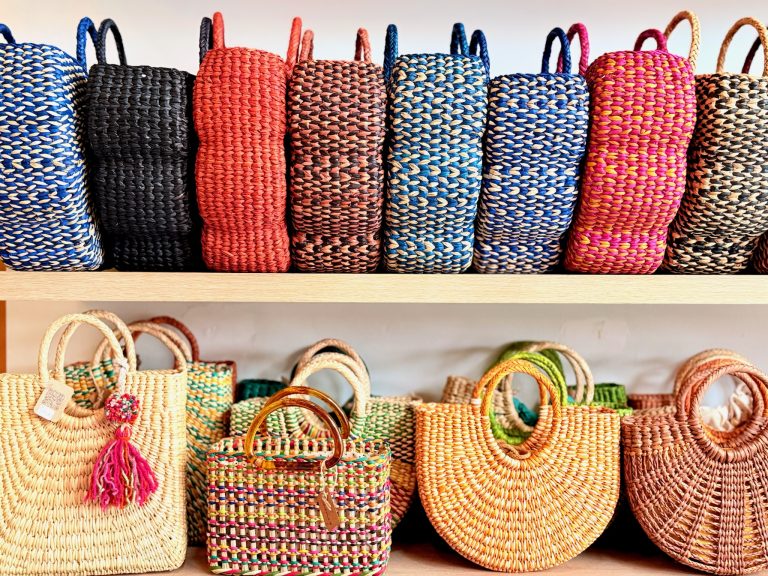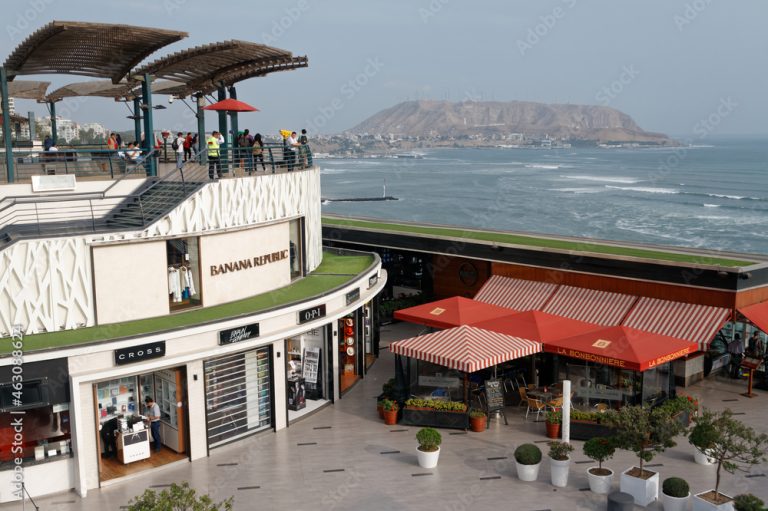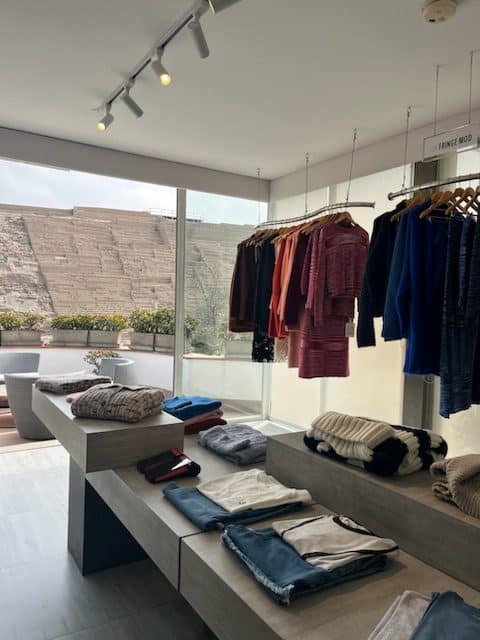Alpaca Wool Quality Guide: How to Find Premium Products

This post may contain affiliate links. If you click one and make a purchase, I may earn a small commission at no extra cost to you. I only recommend products I genuinely use or believe will add value to you.
You came to Lima ready to dive into the culture, eat your way through the city’s world-famous restaurants, and—of course—treat yourself to that gorgeous alpaca sweater, coat, or scarf you’ve been dreaming about.
But here’s the thing: walk around any market or souvenir shop and you’ll see “100% alpaca” tags on just about everything… including scarves that cost less than your morning coffee.
So how do you know what’s real?
And more importantly, how do you avoid overpaying for something that turns into a fuzzy, stretched-out disappointment after one wear?
This is your Alpaca Wool Quality Guide.
I’ll show you exactly how to identify premium alpaca wool in Lima, spot the fakes, and shop confidently for something you’ll love for years to come.
Why Alpaca Wool Is So Special

Alpaca isn’t just trendy—it’s a luxurious, eco-friendly material that’s been part of Andean culture for centuries. And once you feel the good stuff? It’s game over.
Here’s why it’s worth seeking out:
- Soft like cashmere, but lighter and less itchy
- Hypoallergenic (no lanolin = no itch)
- Thermoregulating—warm when it’s cold, breathable when it’s warm
- Sustainably sourced—alpacas are gentle on the environment
- Super durable—with care, it lasts for years
No wonder everyone wants to bring home a piece. But that demand also means… lots of knockoffs.
The Problem: Not All “Alpaca” Is Created Equal
Let’s just say it: a lot of what’s sold as “alpaca” in tourist areas… isn’t.
You’ll find:
- Blends with acrylic or sheep wool
- Cheap, mass-produced pieces from factories, not artisans
- No tags, vague materials, and zero transparency
So how do you spot the real deal? That’s where this guide comes in.
How to Identify Premium Alpaca in Lima
This Alpaca Wool Quality Guide gives you everything you need to shop with confidence.

1. Check the Label
Look for:
- “100% Alpaca” or “100% Baby Alpaca”
Avoid:
- “Alpaca Blend” (usually means synthetic mixed in)
- “Andean Wool” (often not alpaca at all)
If there’s no label at all, ask questions—or walk away.
2. Know Your Fibers: Alpaca vs. Baby Alpaca
- Alpaca is soft, breathable, and durable.
- Baby Alpaca is even softer and silkier—it comes from the first shearing of the alpaca, not from actual babies.
If it feels like cashmere and glides through your hands? That’s baby alpaca.
3. Feel It
High-quality alpaca wool should be:
- Soft (never scratchy)
- Light but warm
- Smooth, with a natural sheen—not plastic-looking or shiny
If it feels stiff, itchy, or stretchy, it’s probably synthetic.

4. Be Realistic About Price
Premium alpaca is not cheap—and that’s a good thing. Here’s what you can expect to pay for the real deal:
- Scarves: $40–$80
- Sweaters: $100–$250
- Ponchos: $150+
If someone offers you a “100% alpaca” sweater for $15… trust your gut.
5. Do the Shedding Test
Rub the fabric gently or tap it on your jeans.
- Minimal shedding = high-quality
- Fluff explosion = probably a blend
What About Vicuña? The Elite of the Elite

If alpaca is luxury, vicuña is ultra-luxury. This ultra-rare fiber comes from wild vicuñas, which can only be sheared every three years, under strict regulations. It’s:
- The softest natural fiber in the world
- Finer and warmer than cashmere
- Sold only with government-issued certification
If you see “vicuña” with no certificate—or a price that seems low—it’s not real.
Some trusted brands (like Kuna) carry certified vicuña pieces, but expect to pay $1,000+ for even a small scarf. It’s basically the caviar of wool.
Where to Buy Premium Alpaca Clothing in Lima
Now that you know how to spot the good stuff, here’s where to actually find quality alpaca brands.
Kuna
- High-end, fashion-forward alpaca and vicuña pieces
- Part of the Inca Group—industry leaders in alpaca
- Kuna stores are located in Larcomar, San Isidro & Miraflores
Sol Alpaca
- Classic styles with a heritage feel
- Owned by the Michell Group—another top player in alpaca
- Sol Alpaca locations in Miraflores and Centro Histórico
Fringe Mod
- One of my favorite local brands, Fringe Mod is run by friends who truly care about quality
- They work only with the highest-grade baby alpaca, and their pieces are stunning
- Think minimal design meets timeless luxury
- DM them on Instagram to shop or schedule a showroom visit
How to Care for Alpaca Wool

Premium alpaca lasts forever—if you treat it right.
- Hand wash in cold water with gentle soap
- Dry flat, never wring
- Dry clean structured or delicate items
- Store folded, not hanging (prevents stretching)
Your alpaca deserves a little TLC—and it’ll love you back with years of warmth and wear.
FAQs About Alpaca Wool in Lima
Are animals harmed in the production of alpaca clothing?
No. Alpacas are not harmed when their fleece is collected. Shearing is done once a year and is actually necessary for their health, since their fleece grows continuously. Ethical farms use safe, humane methods. And remember—“baby alpaca” refers to the softest fibers from the first shearing, not the age of the animal.
What’s the difference between alpaca and llama wool?
Alpaca wool is finer, softer, and more luxurious. Llama wool is coarser and often used for more rugged textiles like blankets or outerwear. If you’re after something silky and wearable, alpaca is the way to go.
What makes baby alpaca different from regular alpaca?
Baby alpaca is a grade of fiber taken from the first shearing. It’s softer, lighter, and more delicate than standard alpaca. It also tends to be more expensive, but many people find it worth the investment.
How can I tell if something is alpaca or synthetic?
Do the touch test—authentic alpaca is soft, light, and warm without being itchy or plasticky. Price is another indicator: if it’s unbelievably cheap, it’s probably a blend or fully synthetic.
Can I bring alpaca products back home through customs?
Yes! Alpaca textiles are processed fibers (not raw animal products), so they’re generally allowed through customs with no issue. Just make sure the pieces are clean and packaged.
Is vicuña worth it?
Vicuña is the rarest and most expensive natural fiber in the world—finer and softer than alpaca. It’s beautiful, but only buy from certified retailers and be prepared for luxury-level prices ($1,000+ for a scarf).
Final Thoughts: You Deserve the Real Thing
Alpaca is more than just a souvenir—it’s a piece of Peruvian tradition and craftsmanship.
With this Alpaca Wool Quality Guide, you’ll know how to identify premium products, avoid the knockoffs, and walk away with something truly special.
And hey—if bringing home the purest of the pure isn’t in your budget, that’s totally fine. Some alpaca blends can still be soft, stylish, and super practical for everyday wear. I’ve bought alpaca blend scarves as gifts, and people still talk about how soft they are!
The bottom line: just make sure you pay accordingly, and always do the itch test first. Rub it gently on your neck or wrist—if it feels scratchy or uncomfortable, skip it. You deserve something you’ll actually love wearing.
Stay Connected
Get insider tips, local favorites, and hidden gems delivered straight to your inbox. Join our community and explore Lima beyond the beaten path.







